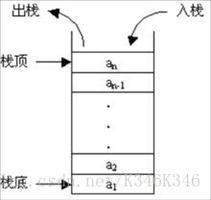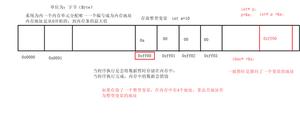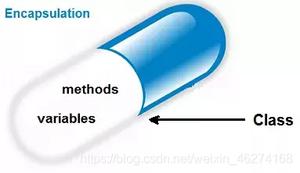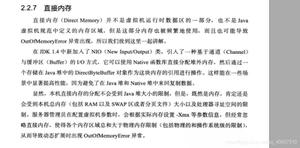规范化与非规范化之间的区别
更改数据库结构的过程基本上分为两种方式,一种是规范化,另一种是非规范化。
以下是规范化和非规范化之间的重要区别。
| 序号 | 键 | 正常化 | 非规范化 |
|---|---|---|---|
| 1个 | 实作 | Normalization is used to remove redundant data from the database and to store non-redundant and consistent data into it. | 非规范化用于将多个表数据组合为一个,以便可以快速查询它。 |
| 2 | 焦点 | Normalization mainly focuses on clearing the database from unused data and to reduce the data redundancy and inconsistency. | 另一方面,非规范化则侧重于通过引入冗余来更快地执行查询。 |
| 3 | 表数 | During Normalization as data is reduced so a number of tables are deleted from the database hence tables are lesser in number. | 另一方面,在非规范化过程中,数据被集成到同一数据库中,因此用于存储该数据的表数量增加了。 |
| 4 | 内存消耗 | Normalization uses optimized memory and hence faster in performance. | 另一方面,非规范化会导致某种形式的内存浪费。 |
| 5 | 数据的完整性 | Normalization maintains data integrity i.e. any addition or deletion of data from the table will not create any mismatch in the relationship of the tables. | 非规范化不能保持任何数据完整性。 |
| 6 | 在哪里使用 | Normalization is generally used where number of insert/update/delete operations are performed and joins of those tables are not expensive. | 另一方面,在连接成本很高并且对表执行频繁查询的情况下,可以使用非规范化。 |
以上是 规范化与非规范化之间的区别 的全部内容, 来源链接: utcz.com/z/341227.html







